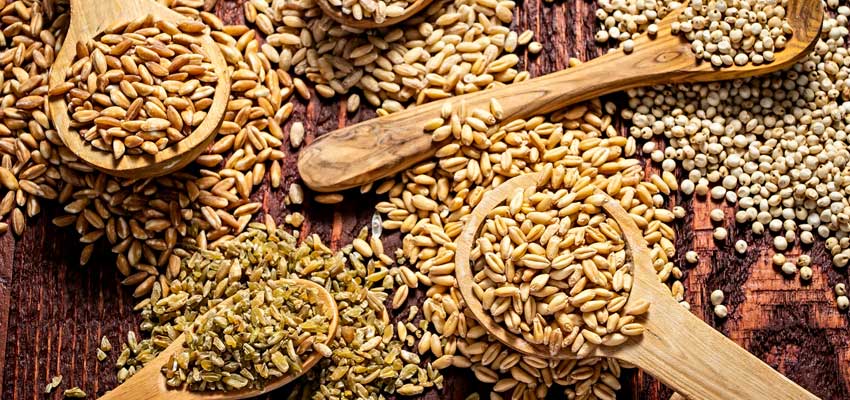
Types of Wheat, Their Uses and Benefits. A Comprehensive Guide
Tablet of Contents
Wheat is a grass family cereal grain that is one of the world’s most frequently farmed and consumed crops.
It is a common staple in many cultures and is utilised in a variety of ways, including the production of bread, pasta, and other baked items.
Wheat is high in carbs, fibre, protein, and vital minerals such as iron and B vitamins. Wheat comes in a variety of varieties, each with its own set of qualities, flavours, and nutritional advantages.
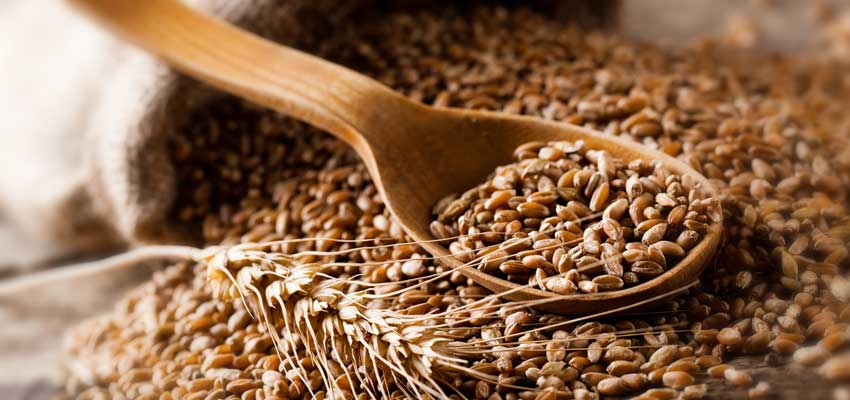
Some of the most popular types of wheat include black wheat, sharbati wheat, common wheat, khapli wheat, durum wheat, and durum wheat semolina.
Understanding the differences between these types of wheat can help people make more informed choices about what to eat and how to prepare it.
Different Varieties of Wheat
Lets have a look at different types of wheat and their benefits in detail. You may also like to know about dalchini benefits as well here.
Black Wheat
Black wheat, also known as Emmer wheat or Triticum dicoccum, is a dark, almost black-colored wheat. It is a centuries-old grain that has lately acquired popularity owing to its possible health advantages.
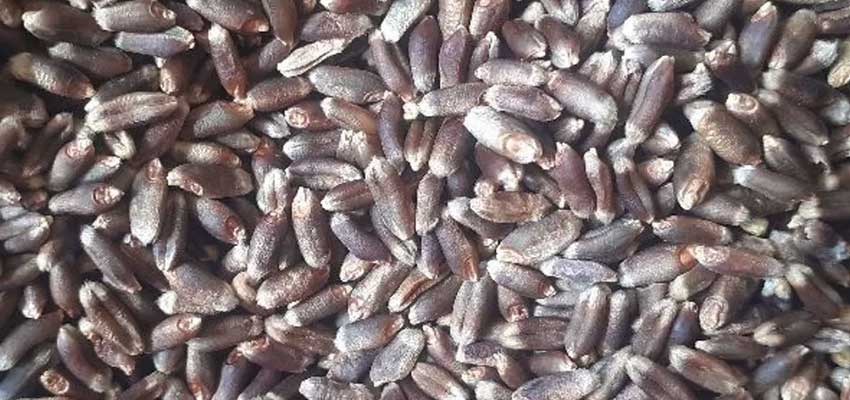
Black Wheat Benefits:
- Black wheat is high in antioxidants, which help to protect the body from damaging free radicals.
- It is also high in fibre, which aids digestion and promotes feelings of fullness, making it an excellent choice for weight loss.
- Furthermore, black wheat has been demonstrated to be beneficial to heart health since it includes chemicals that can help lower cholesterol levels and minimize the risk of heart disease.
Sharbati Wheat
Sharbati wheat is a type of durum wheat that is primarily grown in the Indian subcontinent. It is known for its unique flavor, aroma, and high gluten content, making it ideal for making a variety of traditional Indian bread like chapatis and parathas.
You may also like to read about rose water benefits as well here.
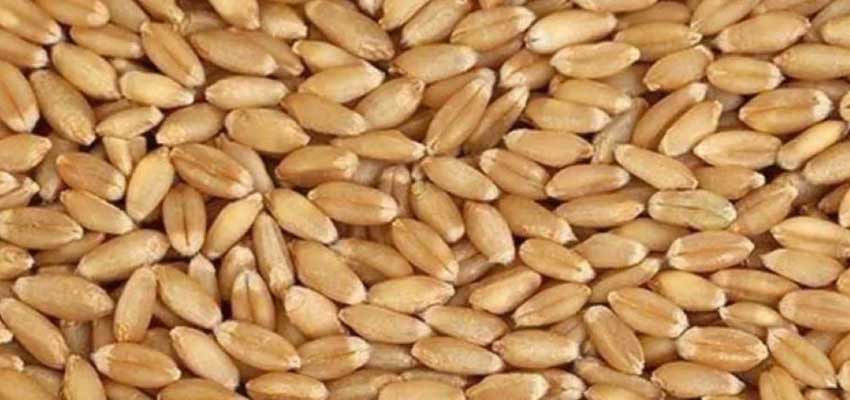
Sharbati Wheat Benefits:
- Sharbati wheat is abundant in vitamins B and E, as well as minerals including iron, magnesium, and phosphorus.
- It is also high in fibre, which supports digestive health and helps manage blood sugar levels, making it a perfect choice for diabetics.
Common/Plain Wheat
Common wheat, also known as bread wheat or Triticum aestivum, is the most widely cultivated and consumed type of wheat in the world. It is a robust plant that can grow in a broad range of temperatures and is used to make a number of items such as bread, pasta, noodles, and baked foods.
Consider reading about bhringraj powder here with its uses and benefits for hair.
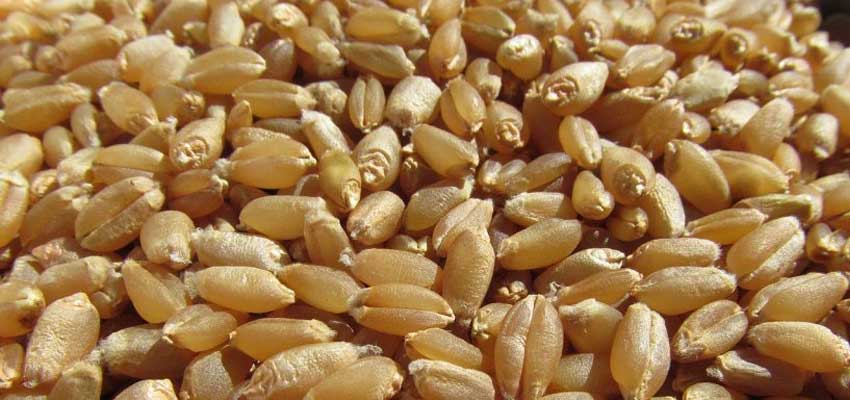
Common or Plain Wheat Benefits:
- Common wheat is an incredibly versatile crop that can be used in a wide range of recipes, making it a staple in many people’s diets.
- It is particularly popular in baking, as its gluten content makes it ideal for making bread and other baked goods that require a high level of elasticity.
- Additionally, common wheat is rich in essential nutrients like vitamins B and E, as well as minerals such as iron, zinc, and selenium.
Khapli Wheat
Khapli wheat, also known as emmer wheat or farro, is a type of ancient wheat that is native to the Middle East and has been cultivated for thousands of years.
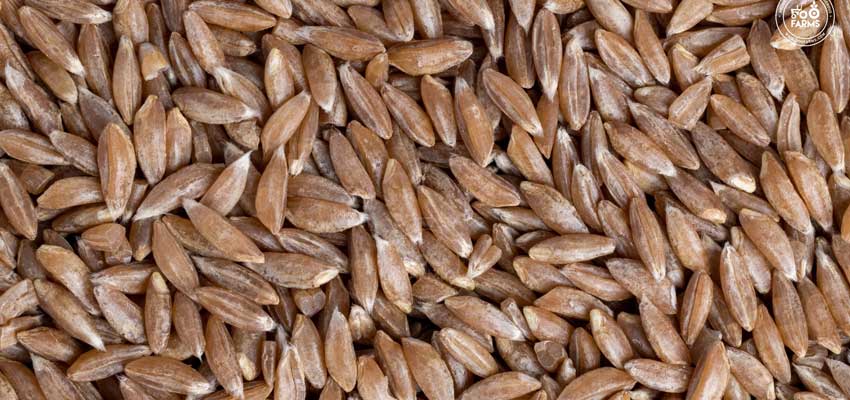
Khapli Wheat Benefits:
- It has a distinctive nutty flavor and a chewy texture that makes it popular in salads, soups, and stews. Khapli wheat has several potential health benefits.
- It has a low glycemic index, which means it does not produce a sudden surge in blood sugar levels, making it an excellent choice for diabetics.
- Khapli wheat’s high fiber level can help individuals feel fuller for longer, making it an excellent choice for those wanting to reduce weight or maintain a healthy weight.
Also read about ashwagandha benefits for male and female here.
Durum Wheat
Durum wheat, also known as macaroni wheat, is a hard, high-protein wheat that is predominantly used to make pasta, couscous, and other goods of a similar kind.
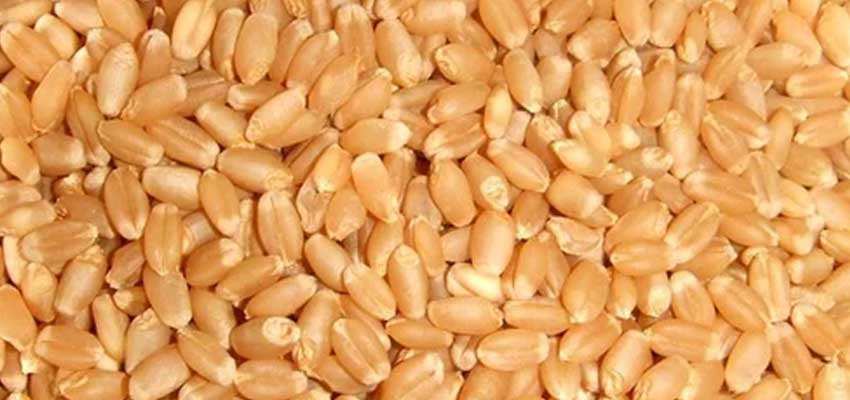
Durum Wheat Benefits:
- It has a characteristic nutty flavour and is often grown in Mediterranean countries such as Italy.
- Durum wheat may provide various health advantages.
- For starters, it is a wonderful source of complex carbs, which are required by the body to provide energy.
- It is high in vital vitamins B and E, as well as minerals including iron, magnesium, and phosphorus.
- These nutrients are necessary for optimal health and can help to avoid a variety of chronic conditions, such as heart disease and diabetes.
Consider reading about best eye protection glasses for computer users here.
Durum Wheat Semolina
Durum wheat semolina is a coarse grain manufactured from durum wheat that is widely used in the production of pasta and couscous.
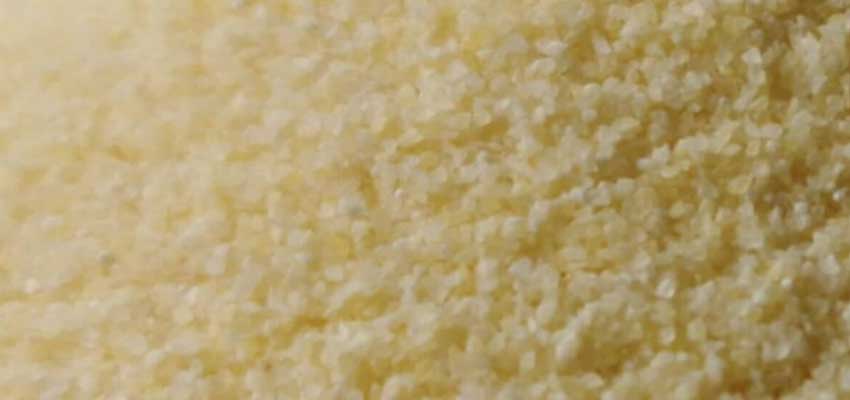
Durum Wheat Semoline:
- It has a distinctive yellow color and a gritty texture that makes it ideal for use in pasta and other similar products.
- It is a good source of dietary fiber, which is essential for maintaining good digestive health and can help to prevent constipation and other digestive problems.
- It is also high in protein, which is necessary for muscle growth and repair, and can help you feel full and pleased after meals.
- Durum wheat semolina’s high fibre and protein content makes it an ideal choice for anyone wanting to reduce weight or maintain a healthy weight.
Conclusion
The different types of wheat have unique characteristics and benefits.
- Black wheat is rich in antioxidants and fiber,
- sharbati wheat is nutrient-dense and good for digestion,
- common wheat is versatile and nutrient-rich,
- khapli wheat is high in protein and good for diabetic patients and weight loss,
- and durum wheat and durum wheat semolina are both good for heart health, digestion, and weight loss while being rich in nutrients and protein.
Also read: best contact lenses brand in india
Including wheat in a balanced diet is important because it provides essential nutrients like carbohydrates, protein, and fiber, which are necessary for maintaining good health.
Furthermore, eating whole-grain wheat can help lower the risk of chronic illnesses including heart disease, diabetes, and several forms of cancer.







जैसा कि आपने बताया है इस सिरप के उपयोग से बहते हुए खून को कंट्रोल में किया जा सकता है…